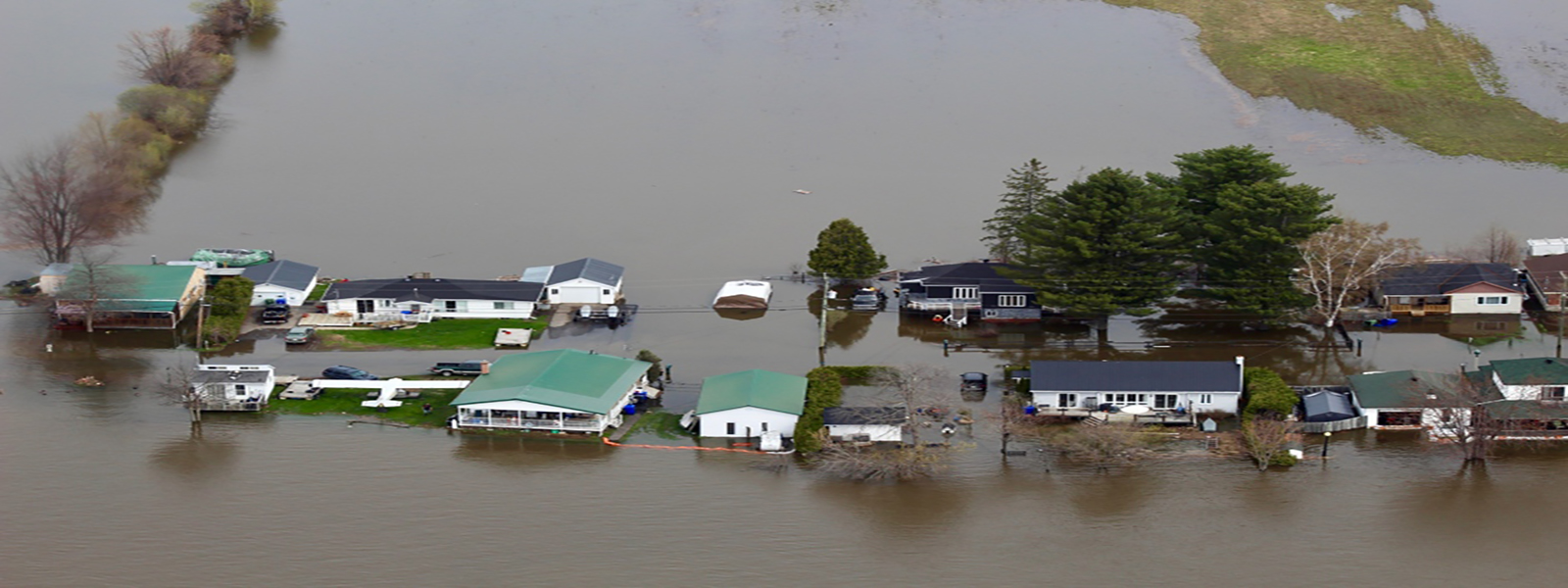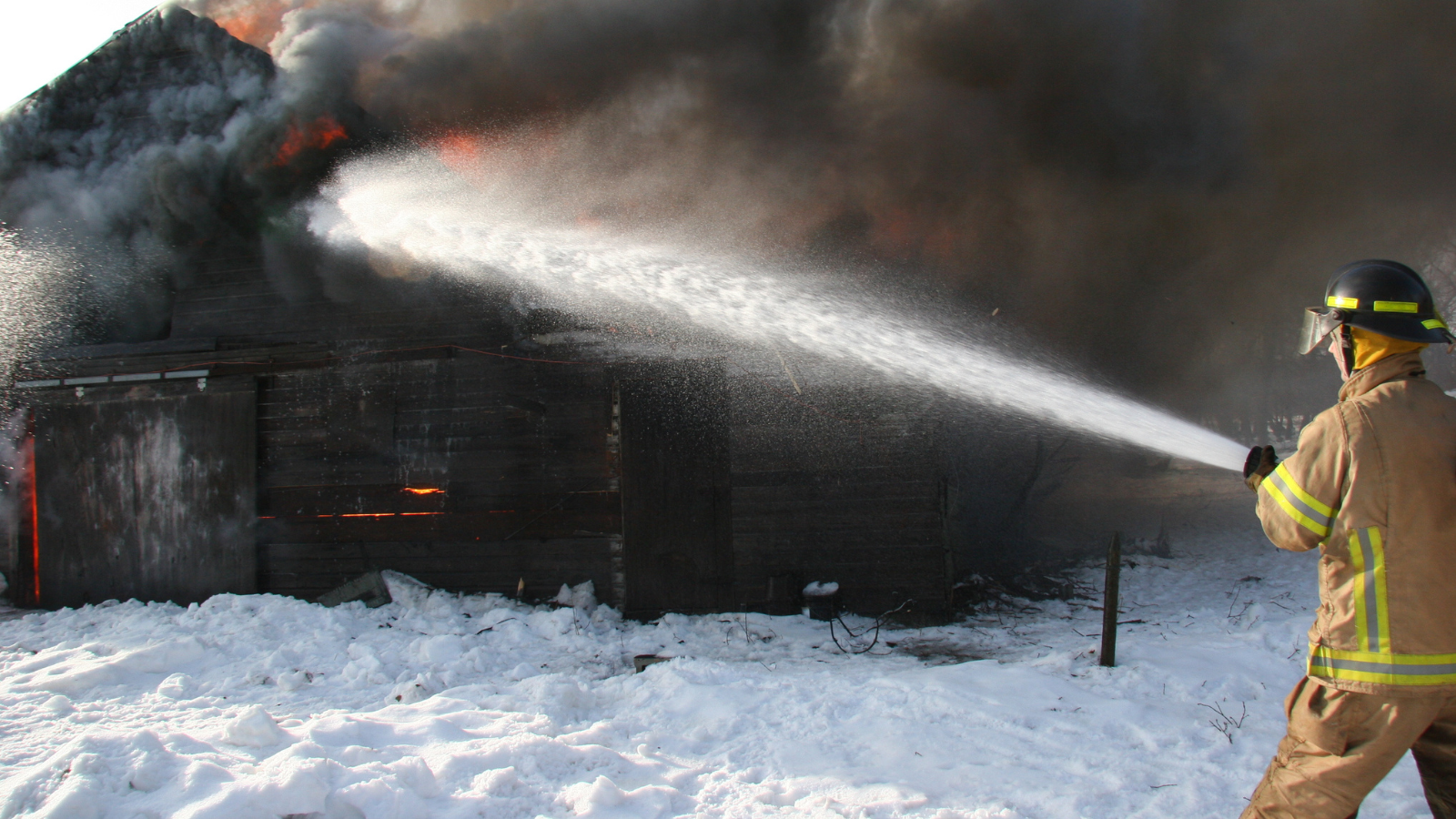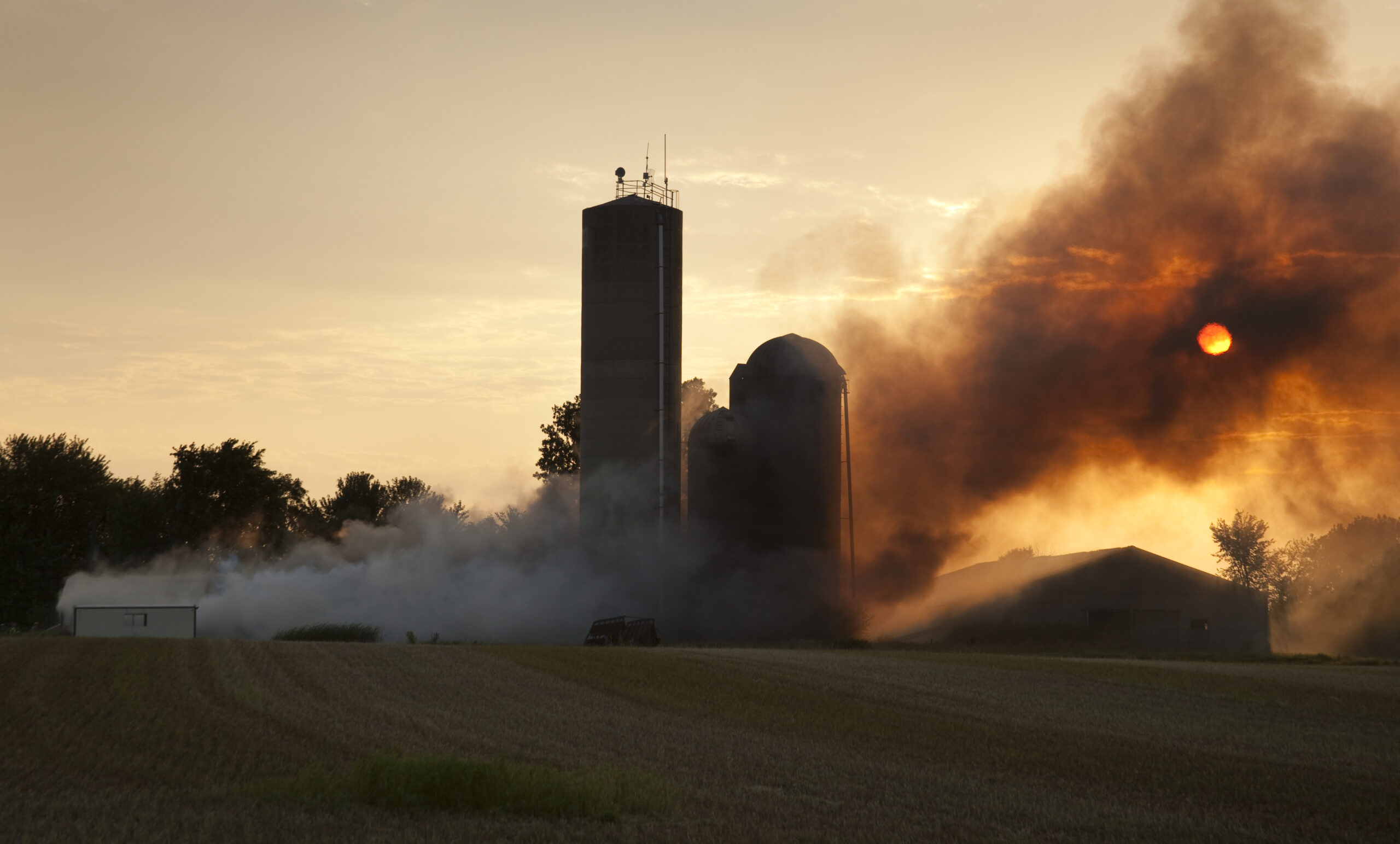Understanding the Fine Print: Water Protection & Overland Flood Coverage
I grew up in the insurance industry, working on the claims side. One of the biggest customer service challenges was explaining the Sewer Backup Endorsement. Many homeowners didn’t understand why groundwater infiltration wasn’t covered. This is just one example of the fine print that frustrates consumers. When catastrophic flooding happens, they expect coverage—whether from overflowing rivers or overwhelmed infrastructure. Coverages like overland flood just aren’t understood.
Right now, eastern Ontario, Quebec (Gatineau), and western Canada (Kelowna) are recovering from severe flooding. A recent Globe & Mail article quoted the Insurance Bureau of Canada, stating only 15-20% of Canadians have overland flood insurance. After the 2013 Calgary and Toronto floods, Canadian insurers introduced overland flood coverage in 2015.
How Trillium Mutual is Leading the Way
Trillium Mutual began offering Water Protection Endorsement on July 1, 2016, replacing sewer backup coverage with a comprehensive package covering sewer backup and overland flood.
From July to December 2016, all policyholders with sewer backup coverage received the Water Protection Endorsement at no additional cost. As of January 1, 2017, we began charging a premium for new and renewing policies.
Why the Extra Cost is Worth It
Some Members experienced sticker shock with the new premium. However, in today’s insurance world, water is the new fire. Extreme weather events and property damage costs are rising, making the additional cost seem small in comparison.
Most Canadian insurers price sewer backup + overland flood coverage between $100 to $200 for low-risk areas. At Trillium, our data shows the average sewer backup claim costs $17,500. The industry average is likely much higher.
We have no historical data for overland flood claims, but recent flooding in Quebec and B.C. has caused tens or hundreds of thousands in damages for individual homeowners.
The True Cost of Not Being Covered
Insurance is a begrudging purchase—often required for legal or financial reasons. Few consumers research or test-drive policies because they don’t expect to use them. Many believe, “It will never happen to me.”
But when disaster strikes, would you regret not paying an extra $100 or $200? Even a $10,000 loss is hard to recover from, yet for a small premium, it could be covered. Do the math. If you paid $200 per year, it would take 50 years to reach $10,000—yet one disaster could cost far more.
Take Action: Protect Your Future
I urge everyone to call their insurance broker and ask about sewer backup and overland flood coverage. If your current insurer doesn’t offer it, ask to be placed with one that does.
Don’t dismiss the additional premium. Don’t assume “it won’t happen to me.” Heavy rainfall, groundwater pooling, sewer backups, and rising water tables are becoming more common. Even homes far from water sources are vulnerable. Different insurers offer slightly different coverages, so ask your broker for details.
People willingly pay extra for features on a new TV or car. Insurance should be viewed the same way. The real cost comes when you don’t buy the coverage—and disaster strikes.
Mike Virley
VP Member Services
Trillium Mutual Insurance





